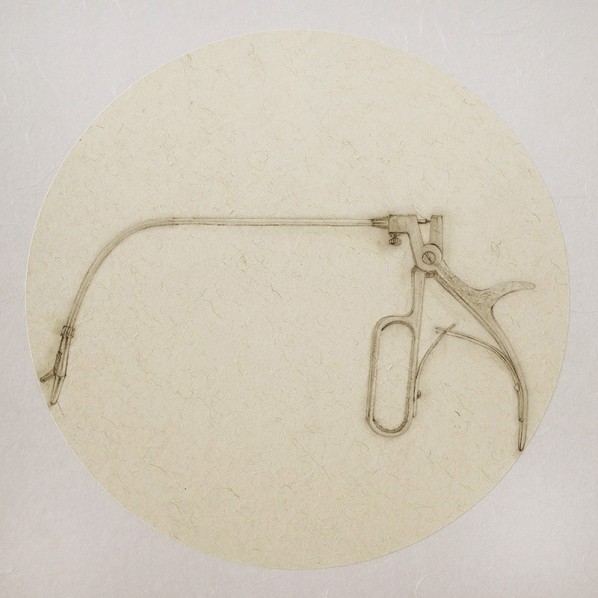
By Liu Libin, Art Critic
Compared to her previous works using a sparse and thin, blank and hazy style, Zhang Yanzi, the artist, had reduced the light and graceful elements in her new works, instead of some hard and calm qualities, sharp and fresh qualities emerged.
Her change in artistic style was based upon two things. Firstly, the subject matter has changed. She chose items related to indisposition, such as pain relief tablets, band-aids, surgical instruments, etc. as her subjects. The information of these has become important elements in her paintings, and she named this series of new works Registration. What you choose as your artistic theme relies on the opportunity, and for an artist they should possess capacities like intuition, judgment, and self-confidence to transform an opportunity into the reason why he or she creates artworks.
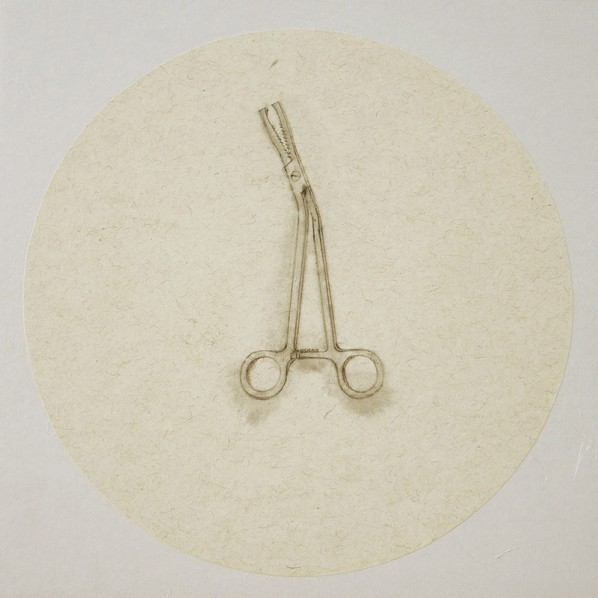
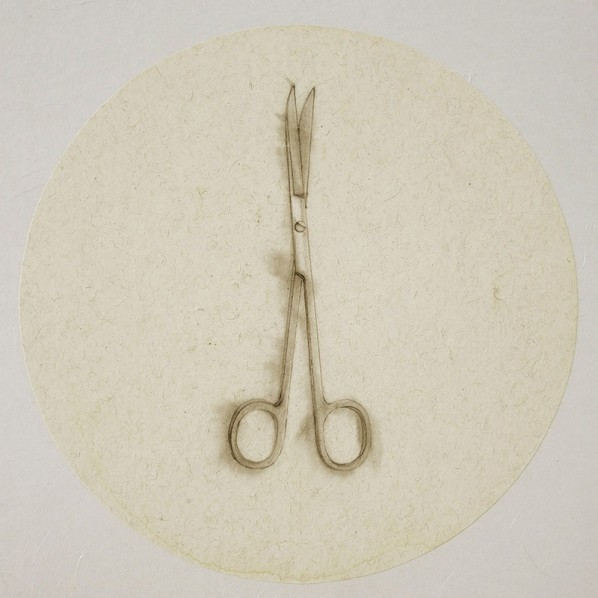
However, how to express the selected themes in a visual language that you master, and make a “breath” for the objects to burst out of the paintings?
This refers to her second artistic change: while most of her previous works of ink and wash were produced by a dyeing technique used in Chinese painting, her new works were mainly outlined with penetratingly delicate, strong and sharp lines. At the first sight of her new works, “Bone Method” of Six Principles in traditional Chinese painting, six points in considering when judging a painting, immediately occurred to me. In the course of her painting with almost pure “Correspondence to the Object”, Zhang Yanzi made her works achieve the current effect with her understanding of “Bone Method”.
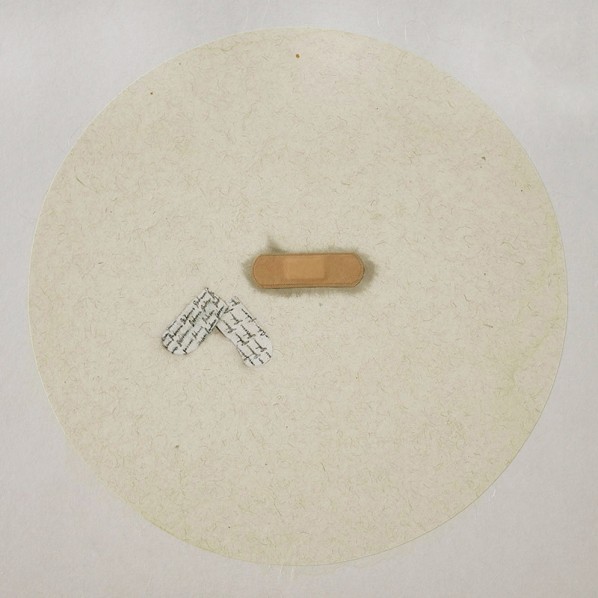
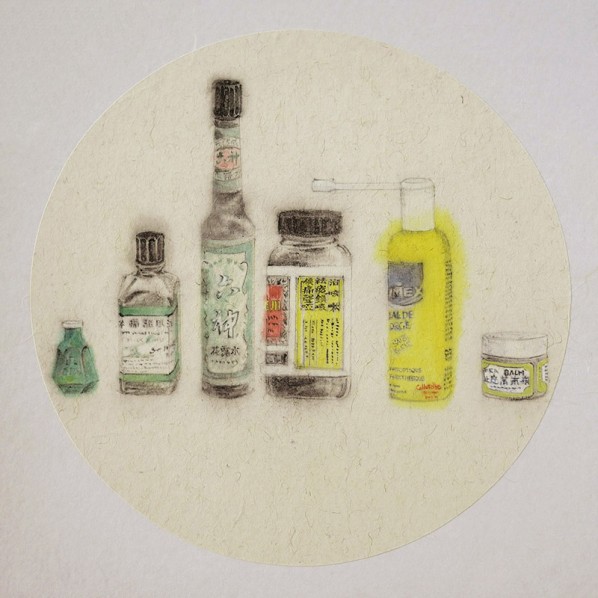
Zhang Yanzi fully appreciated the “Physical Properties” of objects when she was creating. The “appreciation” was not only a visual process, but also contained much more tactile components – including haptic perception of the smooth and rough feeling of the materials, as well as feeling hard and soft, while grasping physical shapes, and even the knowledge of temperature, weight, density, to create heart-touching aspects. From this point of view, we can say Zhang Yanzi is definitely not only observing and examining the objects, but she also expresses her understanding of the objects using as much perception as possible, and going beyond “visual perception”.
Reading Zhang Yanzi’s new works, it was obvious that she found not only the secret of how to perceive the objects, but also the secret of how to use the brushes and pigments. The way she portrayed objects, reminds me of multiple perceptions of “Bone Method”, and question whether “Bone Method” is a way to remove all the appearances until only the essence remains? Or whether “Appearance” or “Correspondence to the Object” can only be considered as the appearance of the object?
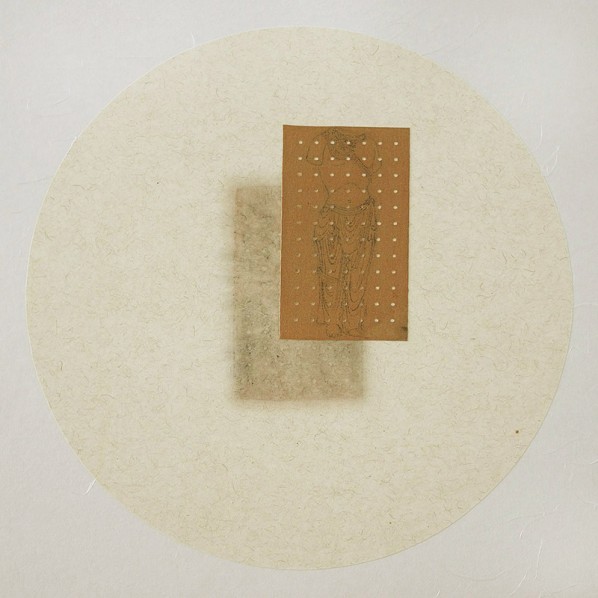
Using the objects related to indisposition in her works, did Zhang Yanzi express the “essence”, or “some other essence beyond its essence”, by its appearance?
Courtesy of the artist and CAFA ART INFO.




























